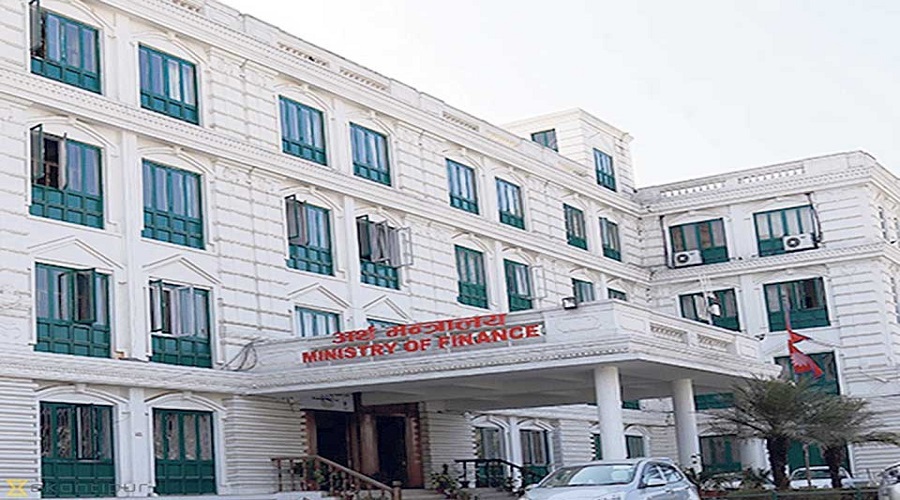Federal government initiates debt raising amidst fiscal challenges

KATHMANDU: The federal government has recently taken measures to address its financial obligations from the previous fiscal year by raising internal debt. With the approval from the parliament, the government is set to raise a loan of 10 billion rupees on Thursday, with plans to secure a total of 2 trillion 40 billion rupees.
The need for raising debt arose at the beginning of the year due to a shortfall in revenue and an excessive expenditure. Previously, the government used to rely on accumulated funds from the previous financial year and did not resort to loans. However, this year, in order to meet its financial commitments, the government has been compelled to raise loans, even earlier than usual.
In July alone, the government aims to raise 22 billion rupees. Despite potential surpluses in the government funds, it is insufficient to cover old liabilities. Notably, the government owes over 10 billion rupees to builders, as well as about 10 billion rupees for interest subsidies, and additional expenses related to the COVID-19 pandemic have not been accounted for.
The financial situation has become uncomfortable, making it challenging for the government to meet regular operational expenses. The Financial Comptroller General Office’s reports that the government has collected 2.65 billion rupees in revenue but has primarily used the funds for mandatory expenditures. Total expenditure stands at 1.41 billion rupees, with current expenses reaching 20 million rupees and interest payments at 1.5 billion rupees.
Due to the deficit in regular income, the government finds itself unable to fulfill its obligations without resorting to borrowing. If revenue had met the target, there would have been sufficient funds available in reserve, making debt-raising unnecessary.
Last fiscal year, the government presented a budget of 17.938 rupees with a revenue target of 12.4 trillion. However, the actual revenue collected fell short at 9.57 trillion rupees, resulting in an increased revenue deficit of 4.72 trillion rupees compared to the previous year.
The issue can be traced back to the previous finance minister’s decision to create a large budget without adequate resources, and the subsequent increase in expenses, including social security. As a result, the government has been facing a financial crisis.
With immediate revenue growth and foreign loans and aid not forthcoming, the government is faced with additional financial pressure, including the need to support local and provincial governments and manage daily administration costs.
In light of the recent decrease in interest rates, the government plans to raise loans early to take advantage of favorable borrowing conditions. The debt-raising process will span several months, with 55 billion rupees to be collected by the end of October, another 55 billion by January, and an additional 53 billion by March. The remaining 77 billion will be raised by the end of mid-July.













Facebook Comment